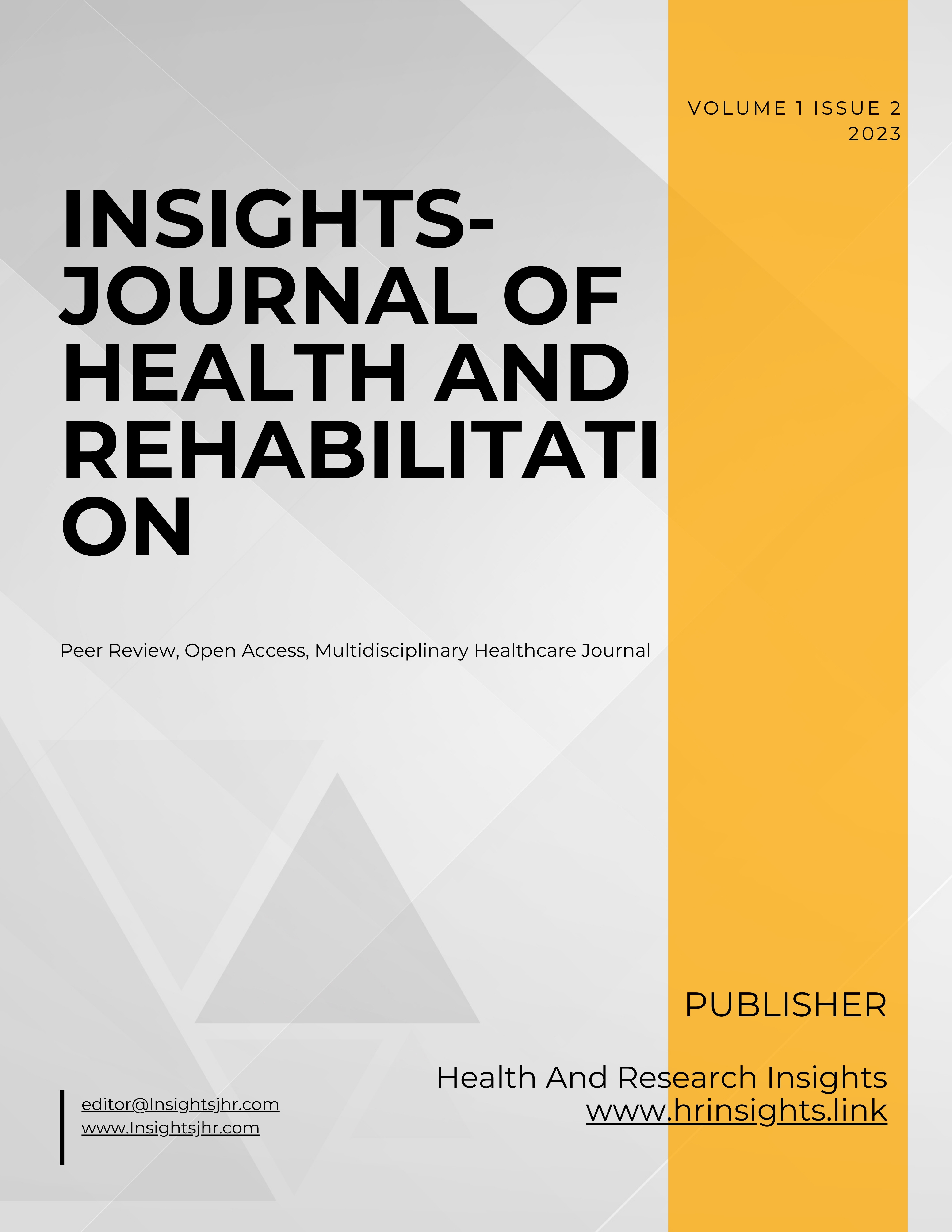Evaluating the Efficacy of Virtual Reality Interventions on Motor Function Recovery Post-Stroke: A Randomized Controlled Trial
Keywords:
Fugl-Meyer Assessment, ischemic stroke, motor function, post-stroke rehabilitation, randomized controlled trial, stroke recovery, therapy adherence, virtual reality, virtual reality therapyAbstract
Background: Virtual Reality (VR) has emerged as a promising intervention for enhancing motor function recovery in stroke patients. Combining VR with Upper Limb Conventional (ULC) therapy may offer synergistic benefits, improving outcomes more than conventional methods alone.
Objective: This study aims to evaluate the efficacy of VR interventions combined with ULC therapy versus ULC therapy alone in enhancing motor function recovery post-stroke.
Methods: A total of 224 patients recovering from ischemic stroke were randomly assigned to either the VR group (n=112), receiving VR and ULC therapy, or the ULC group (n=112), receiving only ULC therapy. The intervention lasted for four weeks, with assessments at baseline, two weeks, and four weeks. Outcome measures included changes in motor function using the Fugl-Meyer Assessment. The study also tracked adverse effects and patient adherence to therapy sessions.
Results: After four weeks, the VR group improved from a baseline score of 30.2 ± 5.1 to 65.4 ± 4.5, while the ULC group improved from 30.0 ± 5.2 to 40.1 ± 5.1. The inter-group analysis showed a significant difference (p<0.001) favoring the VR group. Adherence rates were high with no serious adverse effects reported.
Conclusion: VR combined with ULC therapy is significantly more effective than ULC therapy alone in improving motor function in stroke patients. This combination therapy offers a potent tool for enhancing post-stroke rehabilitation outcomes.
Published
Issue
Section
License
Copyright (c) 2023 Ayesha Fatima Sohail, Usama Tahir Butt (Author)

This work is licensed under a Creative Commons Attribution-NonCommercial-NoDerivatives 4.0 International License.







